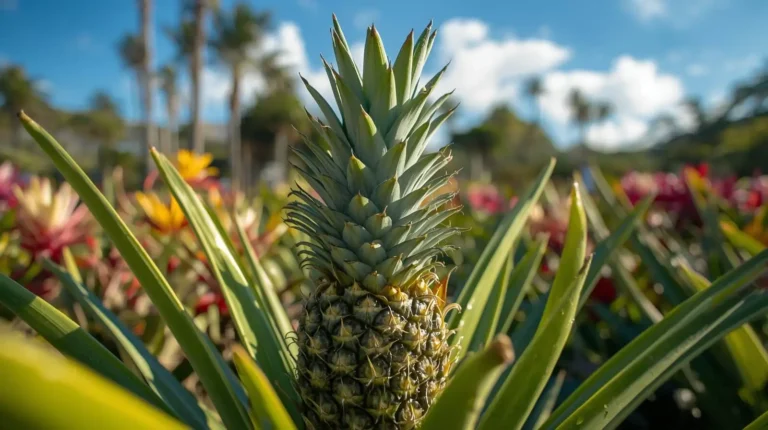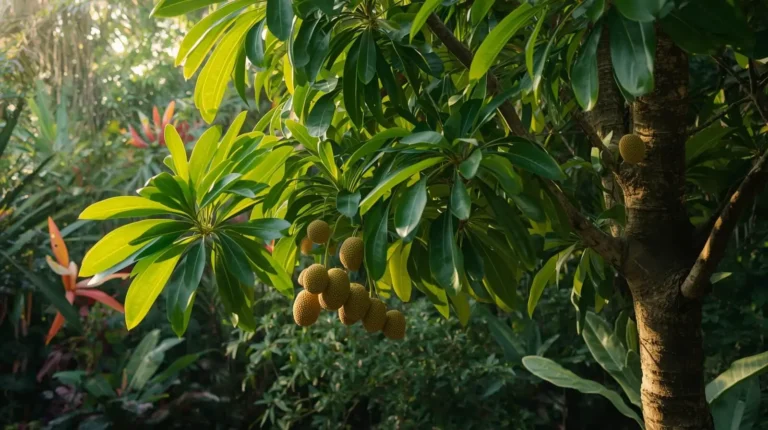Master Natural Mystic Dragon Fruit: Step-by-Step Growing Guide
When I first began cultivating the Natural Mystic Dragon Fruit, I realized how vibrant and flavorful this exotic plant truly is. Many gardeners see it as a unique opportunity to explore the world of rare fruits, especially in their own backyards. This striking hybrid, long known for its stunning appearance, sweet magenta flesh, and ability to thrive in tropical and subtropical climates, became an appealing choice for me when I wanted to diversify my home gardens. Even though growing such a captivating variety presents specific challenges, following the essential steps and creating the right conditions is all that’s needed to ensure a bountiful harvest. As I continued to delve deeper into this comprehensive guide, I began to uncover the secrets behind nurturing and planting this plant the right way, especially when working with the mystic dragon fruit variety.
A Practical Approach for Enthusiasts
From my experience, the Natural Mystic is more than just a pretty fruit—it’s a plant that rewards patience and curiosity. With time, I learned to notice common issues and apply simple troubleshooting techniques whenever problems appeared. These small adjustments gradually shaped me from a curious gardening enthusiast into a more skilled cultivator, and the way this plant responded felt truly extraordinary. Watching how quickly it adapts, even successfully transforming a corner of my garden, always reminds me why I enjoy working with unique tropical plants. Each day with this Dragon Fruit adds something new, and every moment spent caring for it reinforces why this journey feels so rewarding.
Understand the Characteristics of Natural Mystic Dragon Fruit
When I first studied the natural and mystic qualities of this dragon fruit, I was impressed by how this exotic hybrid of Hylocereus, polyrhizus, and undatus is distinguished for its striking purple/red skin and sweet magenta flesh; the variety typically yields medium to large fruits, often weighing between 400 and 800 grams, with an average weight of about 1 pound, and it notably boasts a Brix score ranging from 18 to 21, indicating a rich, semi-sweet flavor profile that is highly sought after by enthusiasts; I’ve seen it thriving in tropical and subtropical climates, where the native plant prefers temperatures from 65°F to 85°F (18°C to 29°C), making it an excellent choice for home gardens in warm areas, and one significant advantage I appreciated while growing it is its self-fertility, meaning it doesn’t require cross-pollination to bear fruit, which simplifies the growing process for many gardeners.
For additional scientific insight into the health-benefits of dragon fruit species (including Hylocereus hybrids), you can also review this comprehensive study on dragon fruit’s antioxidant and anti-inflammatory properties.
Establish Ideal Growing Conditions for Optimal Growth
- To successfully cultivate the Natural Mystic Dragon Fruit, I always start by checking sunlight because the plant requires at least 6 to 8 hours of direct light daily, which is crucial for flowering and fruiting; without it, insufficient exposure can hinder growth, lead to issues, and even cause sun scorch.
- For the best results, I utilize a well-draining soil medium with a pH 7, using a recommended blend that includes sandy, loose materials like cactus mix, potting soil, perlite, and organic matter, since this combination provides good aeration and drainage; I also avoid dense clay that retains moisture, which can result in root rot.
- When watering, I prefer to water deeply but infrequently, allowing the top 2-3 inches to dry out between sessions, a practice that helps prevent excessive moisture, a common cause of damage in this species.
- It’s equally important to maintain the right temperature, keeping temperatures near 65°F, 85°F, 18°C, or 29°C to protect the plant from frost because it is sensitive to cold, which may impede healthy progress; I also ensure moderate humidity and occasional watering during dry periods.
- Since the plant is climbing, I always provide a sturdy trellis or structure to support vertical growth, which is important and vital for optimal production; with regular inspections in hot months, it becomes easier to identify and address damage early so the plant remains healthy and productive.
To learn even more about creating the perfect environment for dragon fruit, you can also explore our Growing Dragon Fruit in Florida Guide, which explains ideal climate, soil, and sunlight conditions in simple detail.
Follow the Step-by-Step Planting Process
- To successfully plant the Natural Mystic Dragon Fruit, I always follow a few essential steps, starting with how I select a healthy cutting; I choose one that measures at least 12 inches long with multiple nodes, making sure it feels firm, free of signs of rot or damage, because this early check is extremely important.
- Before planting, I prepare the ground and combine cactus potting mix, perlite, and organic compost to create a well-draining medium; then I fill a pot, garden, or bed with this mixture to encourage strong root development, something I’ve learned matters a lot in the first few weeks.
- When I insert the bottom end of the cutting approximately 1 inch into the soil, I focus on ensuring that one node is buried, since this step is crucial for proper formation and early rooting.
- During the first few days, I handle watering carefully—I only lightly hydrate the cutting after planting, which helps settle the soil; I avoid overwatering and allow the top layer to dry out before the next session to prevent issues like rot.
- Because this plant loves structure, I always provide support by placing a stake or trellis next to the cutting so it grows upward; if planted in the ground, I make sure similar support is available to help it climb without stress.
- As I monitor progress, I keep an eye on the cutting for a couple of weeks, and once roots are established, I gradually increase the watering frequency to push further growth; in humid or semi-arid conditions, especially within temperatures 65-80°F (18-30°C), the plant thrives, and I’ve even seen spontaneous rooting occur at rates greater than 98% in cuttings cultivated for two weeks, which always gives me extra encouragement in ongoing propagation.
Troubleshoot Common Challenges in Dragon Fruit Cultivation
- When growing the Natural Mystic Dragon Fruit, I stay aware that it presents several challenges, especially with Pest Infestations; common pests like spider, mites, and mealybugs can jeopardize the vegetation, so I combat them early and apply insecticidal soap, neem oil, or other treatments promptly, which are effective in managing populations, and the fact that females of the banded cucumber beetle can produce 850 eggs in a lifetime really shows the potential severity of these issues.

- Overwatering is a frequent problem that can lead to yellowing leaves and mushy stems; to prevent this, I let the ground dry out between waterings, and I modify my watering schedule to guarantee the greenery gets approximately one inch of water each week, a tip I learned from Gardening expert Michael Schiffermuller, who emphasizes checking soil moisture before watering to avoid this classic pitfall.
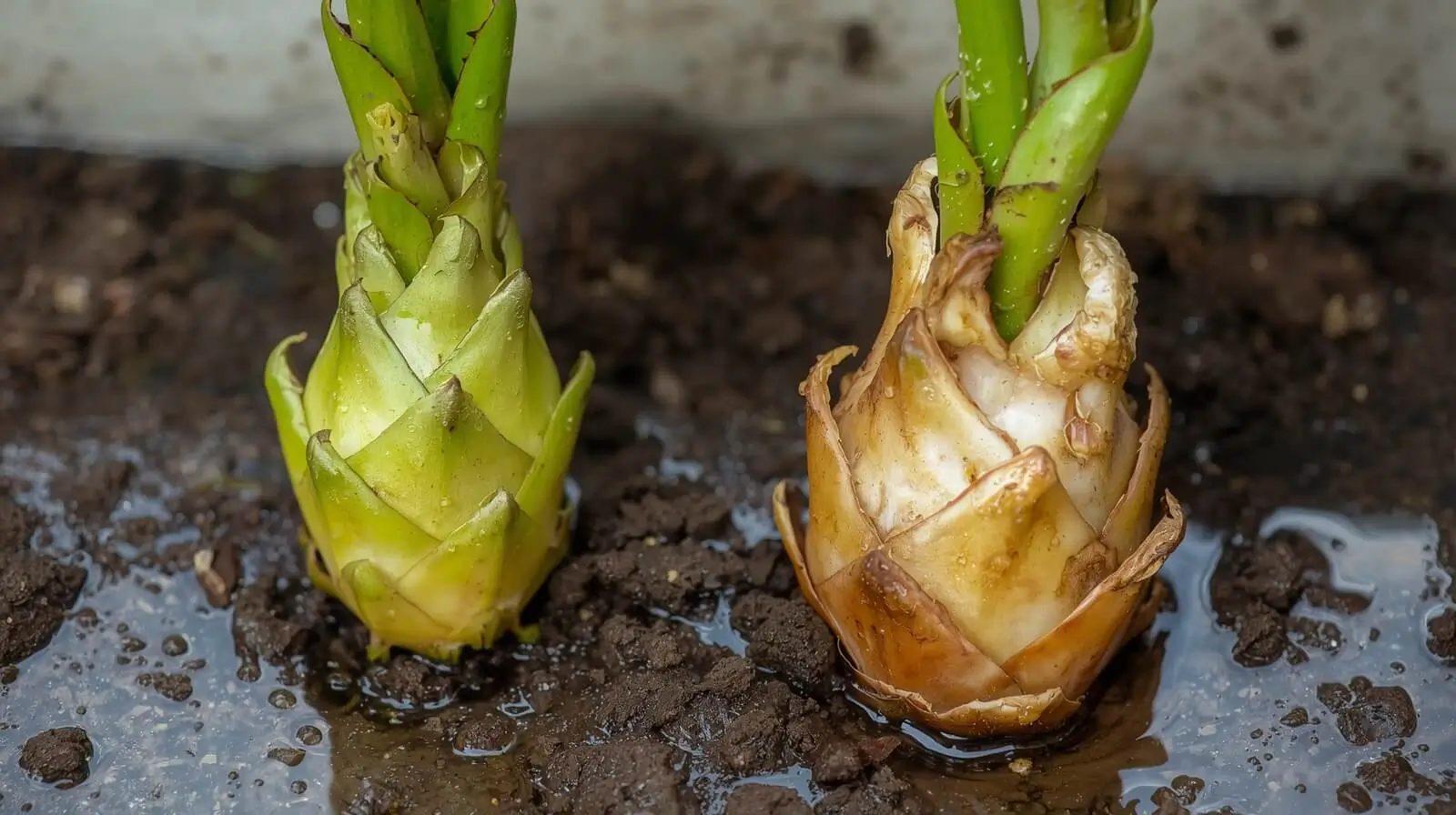
- Insufficient Sunlight also causes trouble; if a specimen is not flowering, it may not be receiving adequate light, so I ensure at least six to eight hours of direct daily sunlight, and if needed, I move it to a brighter location or cut back nearby foliage that may be blocking light, something a case study on Lack of Sunlight also indicates as a major cause of fade or droop, underscoring the importance of proper exposure.

- When I notice Nutrient Deficiencies, especially a lack of nitrogen, I address it quickly by using a balanced fertilizer specifically formulated for cacti and succulents, which provide essential nutrients that keep the plant healthy and support steady growth.
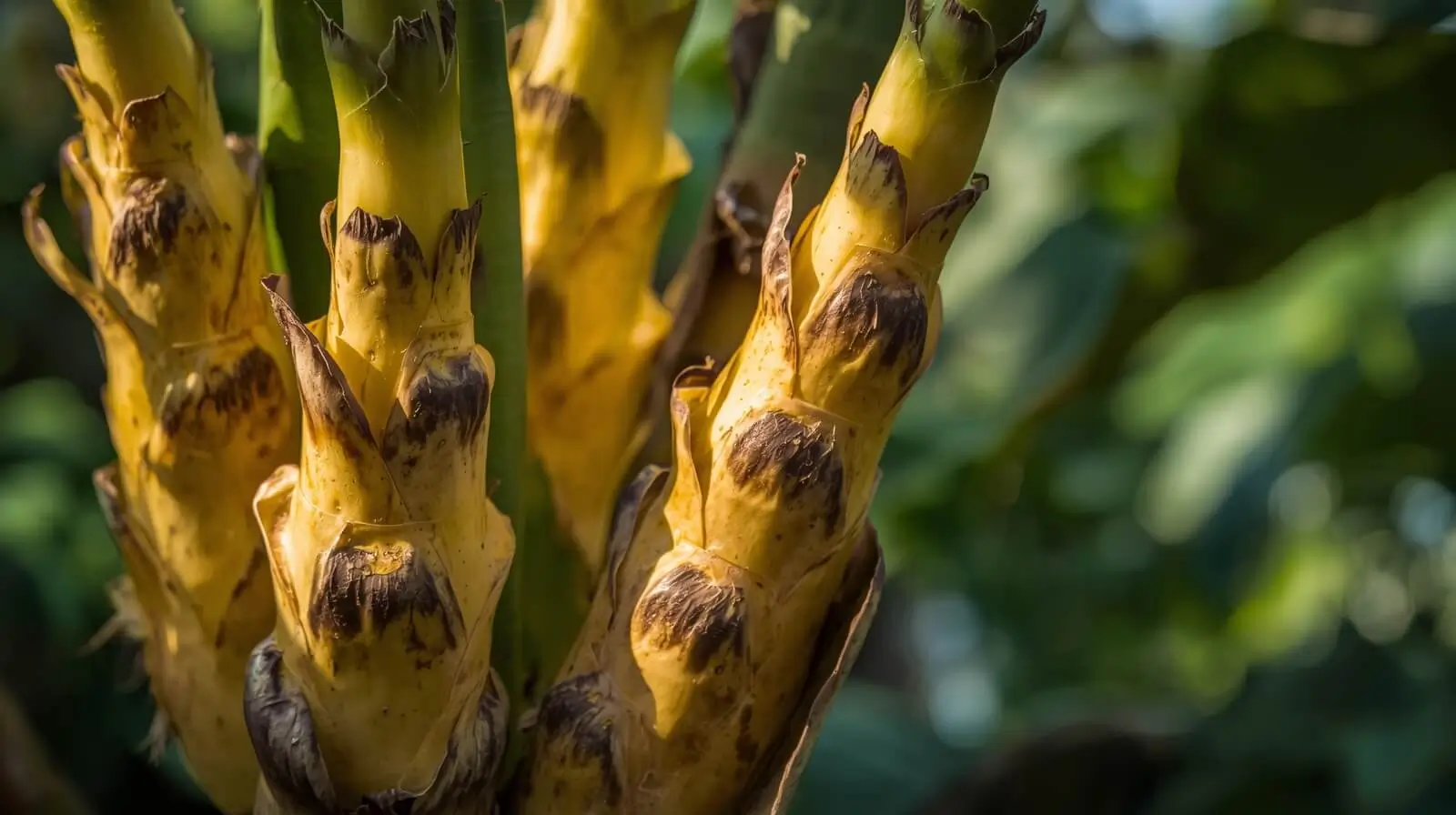
- For Poor Pollination, even though the plant is self-fertile, I often use a hand method and greatly improve fruit set by using a small brush to transfer pollen between the flowers, which helps increase the final yield.
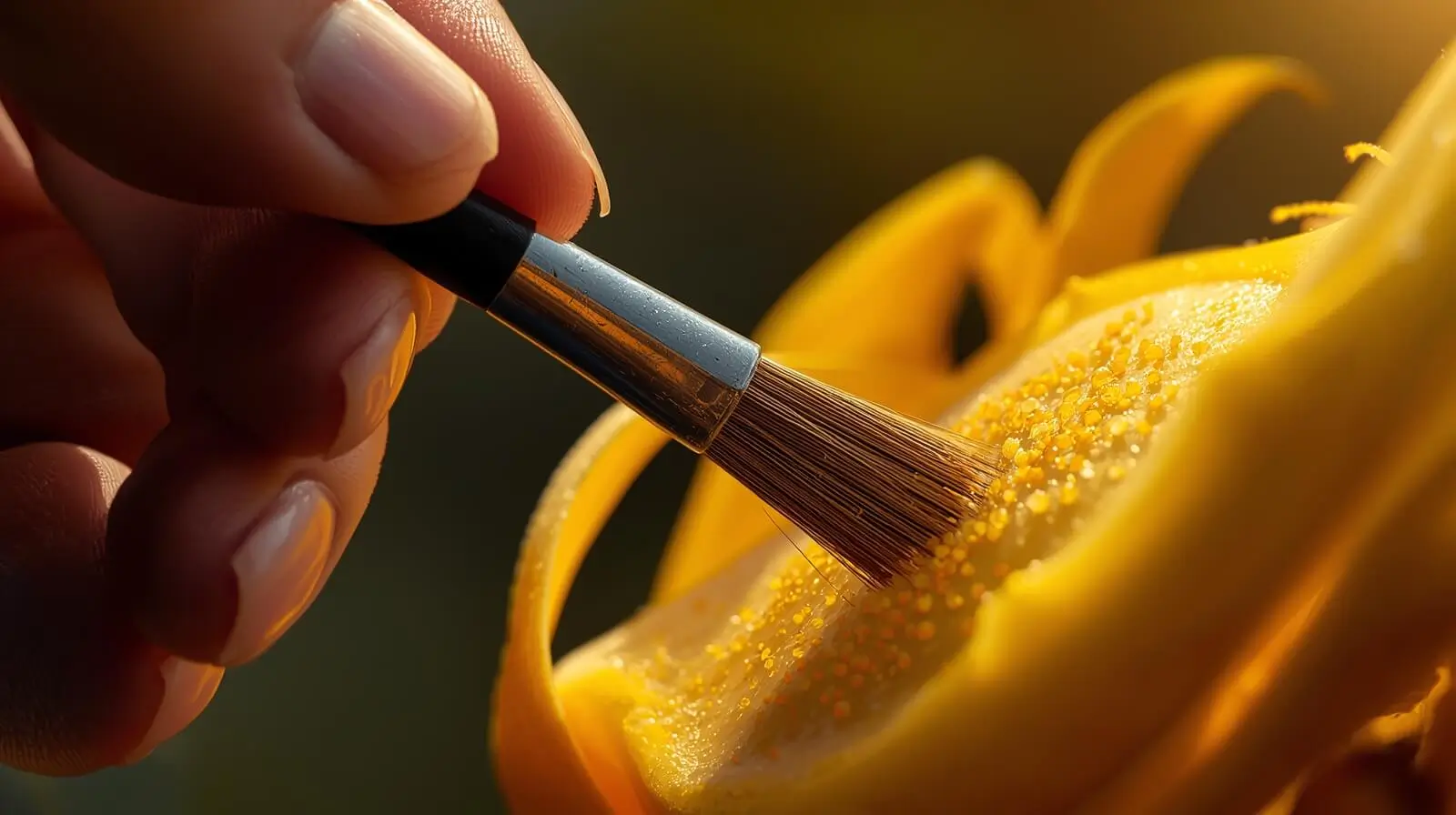
- Temperature Stress is another concern; I protect my plants from extreme temperatures, and if they fall below 40°F (4°C), I think about relocating potted indoors, utilizing frost cloths, or shielding those situated in open soil, a precaution that helps maintain optimal growing conditions and supports addressing stress as I cultivate productive plants, ultimately ensuring a more fruitful harvest.
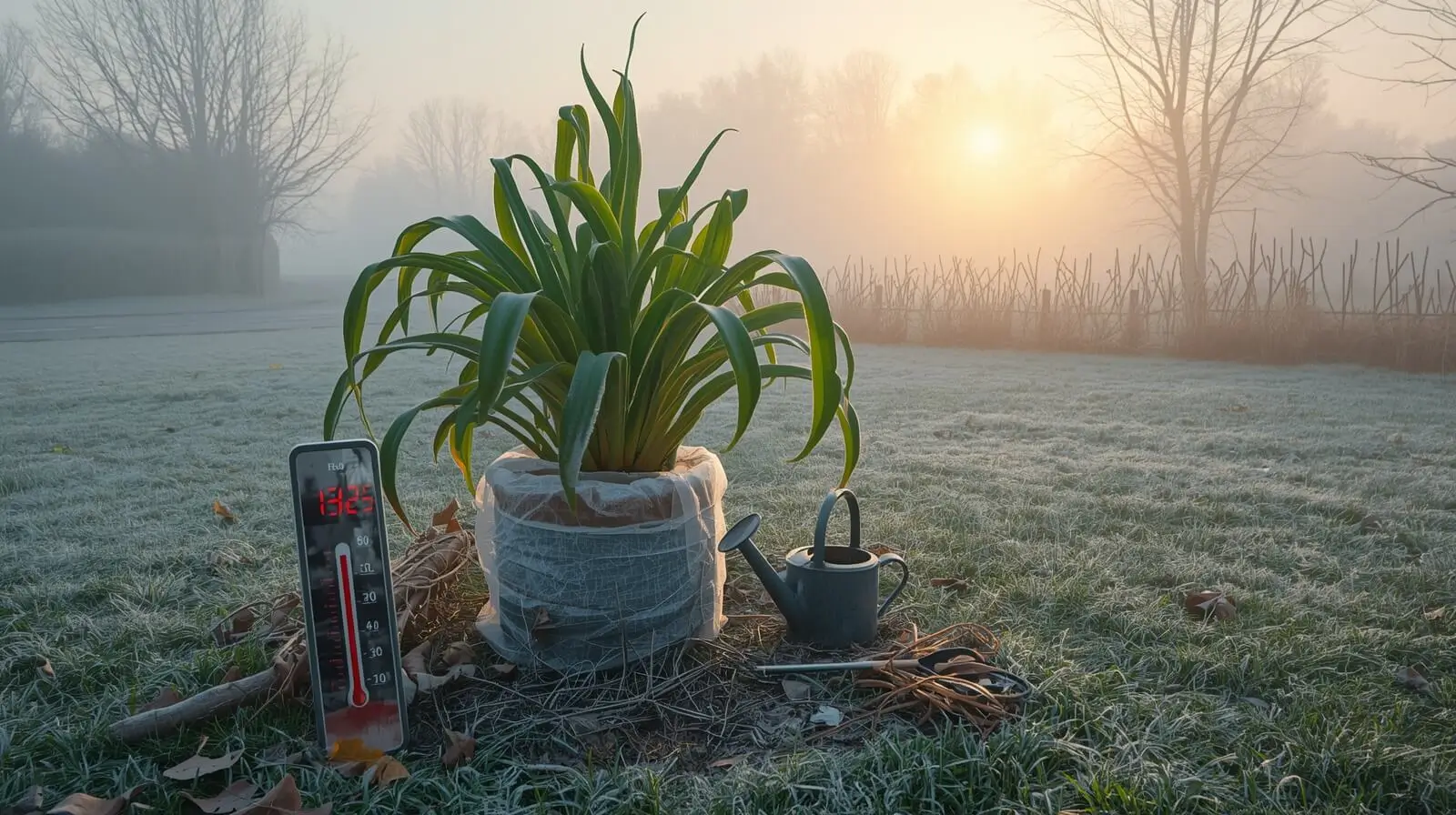
Read Also:
- Gardening & Plant Care Guide for Thriving Plants
- Tropical Fruit Trees: Grow Exotic Paradise at Home (Guide)
Conclusion
Troubleshooting the Natural Mystic Dragon Fruit becomes much easier once you understand the most common challenges. From dealing with pests, preventing overwatering, managing sunlight, correcting nutrient deficiencies, improving pollination, and protecting the plant from temperature stress, each step helps you keep your plant strong and productive. With consistent care, attention, and small adjustments when needed, your dragon fruit can reward you with healthy growth and a truly fruitful harvest.
FAQs
1. Why are my dragon fruit stems turning yellow or mushy?
Yellowing or mushy stems are usually signs of overwatering. Allow the soil to dry out between watering sessions and check moisture before watering again.
2. How do I prevent pests like spider mites and mealybugs?
Use insecticidal soap, neem oil, or similar treatments. Regular inspections help catch infestations before they spread.
3. My plant is not flowering. What should I do?
It may be receiving insufficient sunlight. Ensure at least six to eight hours of direct sunlight daily and clear away any obstructing foliage.
4. How can I improve fruit set on my dragon fruit?
Even though the plant is self-fertile, using a small brush to manually transfer pollen between flowers can greatly improve fruit set.
5. What temperature is ideal for dragon fruit plants?
Dragon fruit grows best in warm climates. Protect the plant if temperatures fall below 40°F (4°C) and use frost cloths when needed.
6. How do I fix nutrient deficiencies in my dragon fruit?
A balanced fertilizer made for cacti and succulents helps correct nitrogen and other nutrient shortages, promoting strong, healthy growth.



